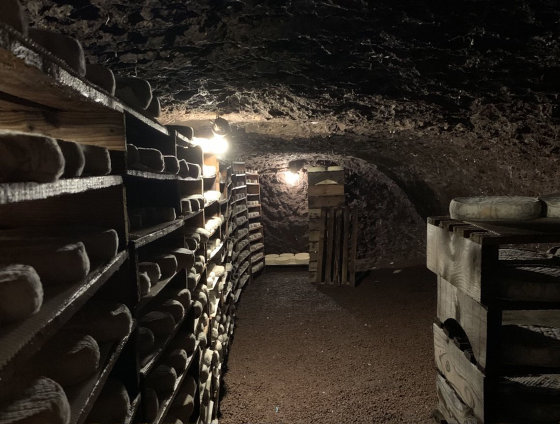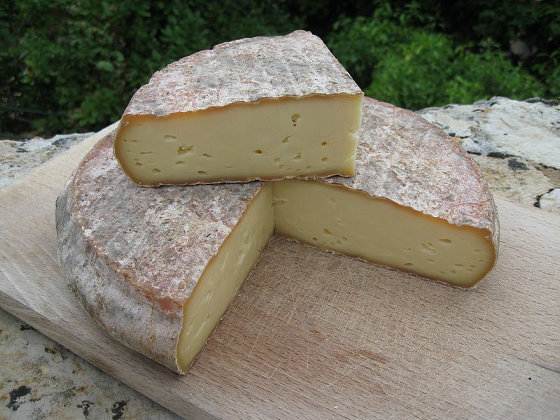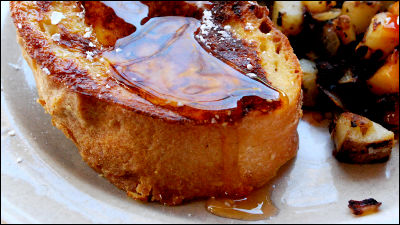What is the secret behind the popularity of stealing 700 cheeses that are matured with the help of the volcano?

The oldest existing cheese in the world is
How Long-Ago Lava Flows Created a Unique French Cheese-Gastro Obscura
https://www.atlasobscura.com/articles/saint-nectaire-cheese
This Cheese's Secret Ingredient Comes From Caves on Volcanic Hillsides | Smart News | Smithsonian
https://www.smithsonianmag.com/smart-news/cheeses-secret-ingredient-comes-caves-volcanic-hillsides-180973623/
Cheese “ Saint-Nectaire ” made in France means “honey after fragrance” and is one of five cheeses made only in the Auvergne region of France. Saint-Nectaire with AOP certification is made in a certain way in 69 cities in Auvergne. This method uses milk squeezed from cows that have eaten wild flowers grown in volcanic soil, and after being sprinkled on rye for several months, “under ideal temperature, humidity, and atmospheric pressure” 'Aged.' Some people artificially create this ideal environment, but others struggle with the old-fashioned way of using caves made of volcanic ash and lava that have existed for thousands of years.
The relationship between cheese and storage differs slightly between artificial and natural storage. In the case of an artificial storage, the pressure, temperature and humidity are adjusted according to the cheese. In the case of a natural storage, the cheese is adjusted according to the environment. For example, if the humidity is low, it is necessary to wash the cheese several times with salt water and add moisture. However, in many cases, the cave has an ideal environment for ripening cheese, so cheese farmers say 'We don't have to do anything'.

Such a natural storage room is said to have been used for cheese making since the 1400s. Sebastian Guillaume, one of the cheese farmers, said he still uses the 19th century storage room as of 2019. Instead of milking himself, Guillaume buys cheese wheels from local farmers and ripens them in the cave. “We are fortunate,” Guillaume says, because artificial cheese storage rooms need to be regularly watered, but we do n’t have to do that in the cave.
The presence of microorganisms is an important key for cheese ripening in caves. Microorganisms break down large molecules of fat and protein in young cheese, leaving small molecules that give cheese a rich aroma and flavor. There are different microorganisms in the natural storage room, and they play an important role in flavor creation. This difference is significant, even with cheese from the same producer, and with different storage, the flavor will be different, even in storage rooms that are only 10 meters apart.

On the other hand, there is a problem of food regulation, and there is a concern about the regulation by the authorities due to hygienic problems. As of 2019, the cave that has been handed down for cheese making has been recognized by the authorities, but once it is broken, the storeroom will never be used for cheese ripening. Saint-Nectaire is also very popular, and the French media The Local also reports that 700 blocks of cheese were stolen in 2018 and the cheese black market is growing.
Related Posts:
in Junk Food, Posted by darkhorse_log







